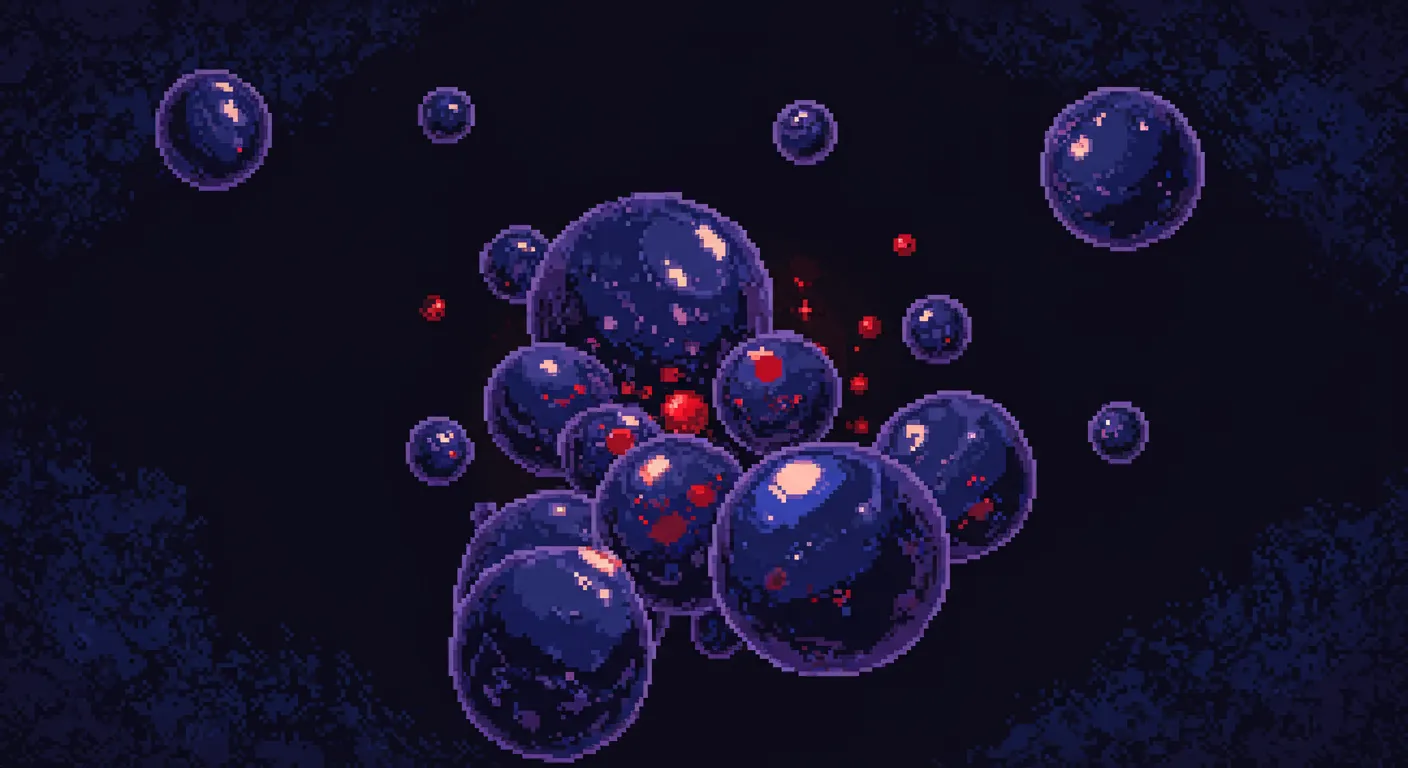In the ever-evolving landscape of astronomical research, artificial intelligence is emerging as a powerful tool that's reshaping how we explore the universe, sparking both excitement and skepticism among online commentators.
The latest breakthrough involves AI-assisted image recognition detecting bubble-like structures across cosmic landscapes, a development that has ignited passionate discussions about the role of machine learning in scientific discovery. While some researchers view this as a groundbreaking advancement, others remain cautiously cynical about potentially over-hyped technological interventions.
Online commentators have been particularly vocal about the potential risks and benefits of AI in scientific research. Some worry about the possibility of AI "hallucinations" leading researchers astray, while others argue that machine learning has been an integral part of astronomical research for decades. The debate reflects a broader tension between traditional observational methods and emerging computational techniques.
Proponents of AI in astronomy point to previous successes, such as the first image of a black hole, which was created using machine learning algorithms. They argue that AI can help scientists process vast amounts of visual data more quickly and potentially identify patterns that human researchers might miss.
The discussion ultimately highlights a critical moment in scientific methodology: how emerging technologies like AI can complement human curiosity and observation, without replacing the meticulous, peer-reviewed processes that have long been the backbone of rigorous scientific investigation.


